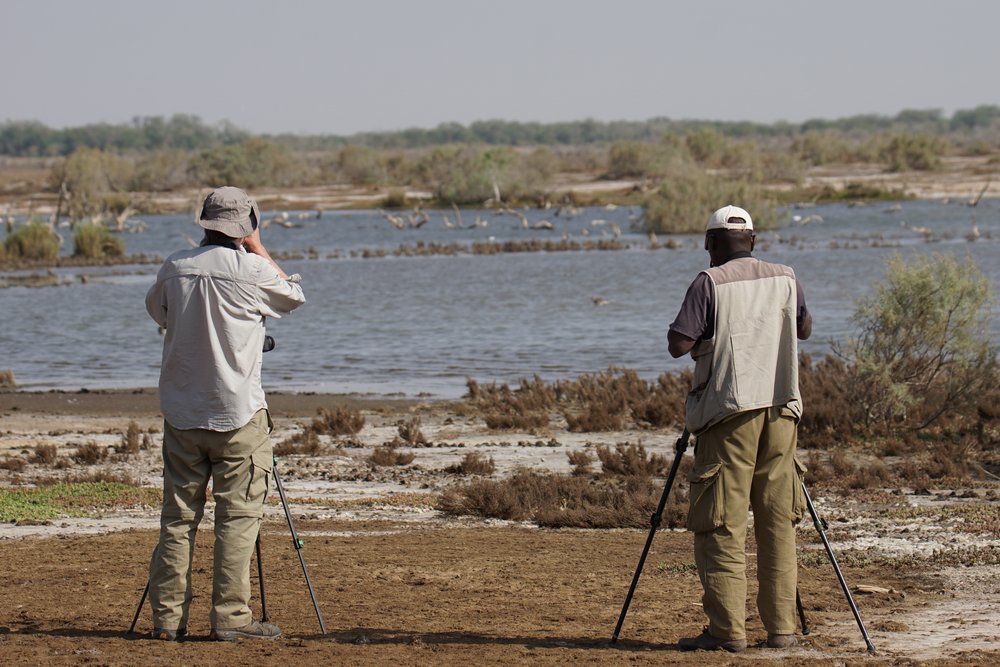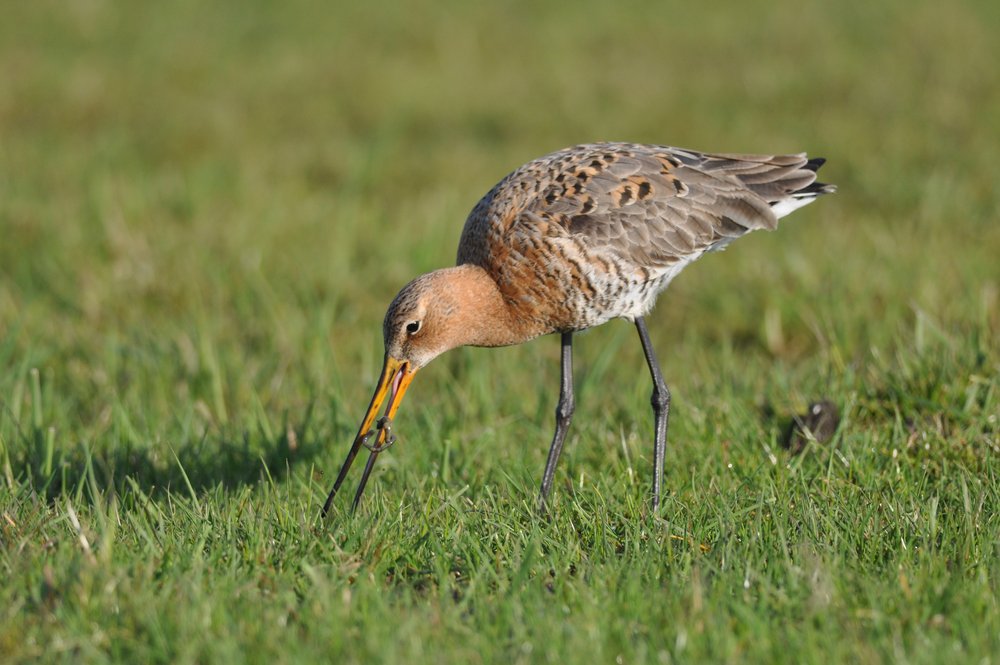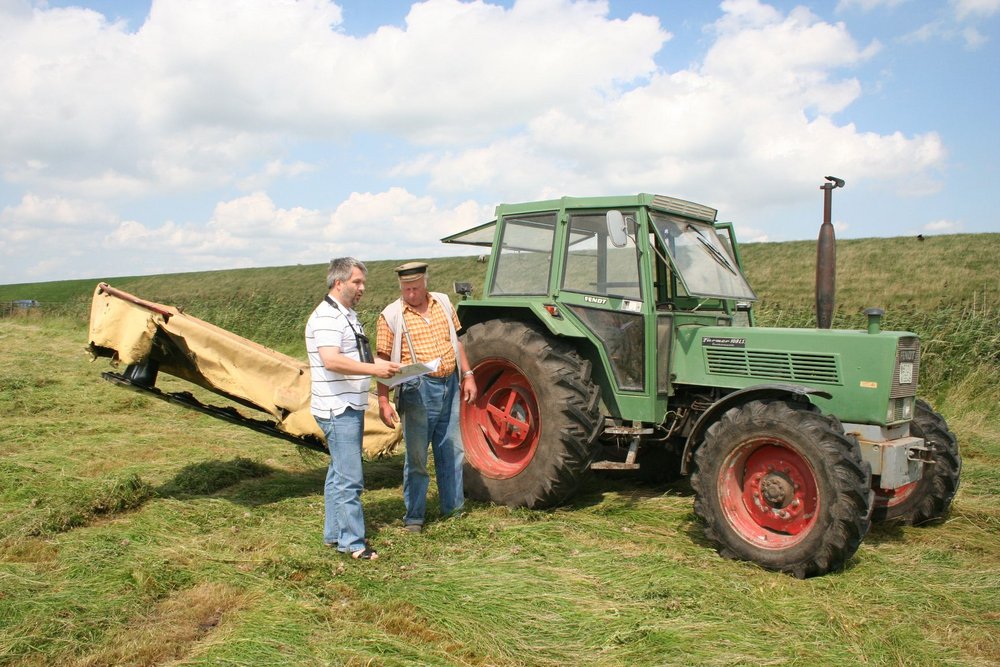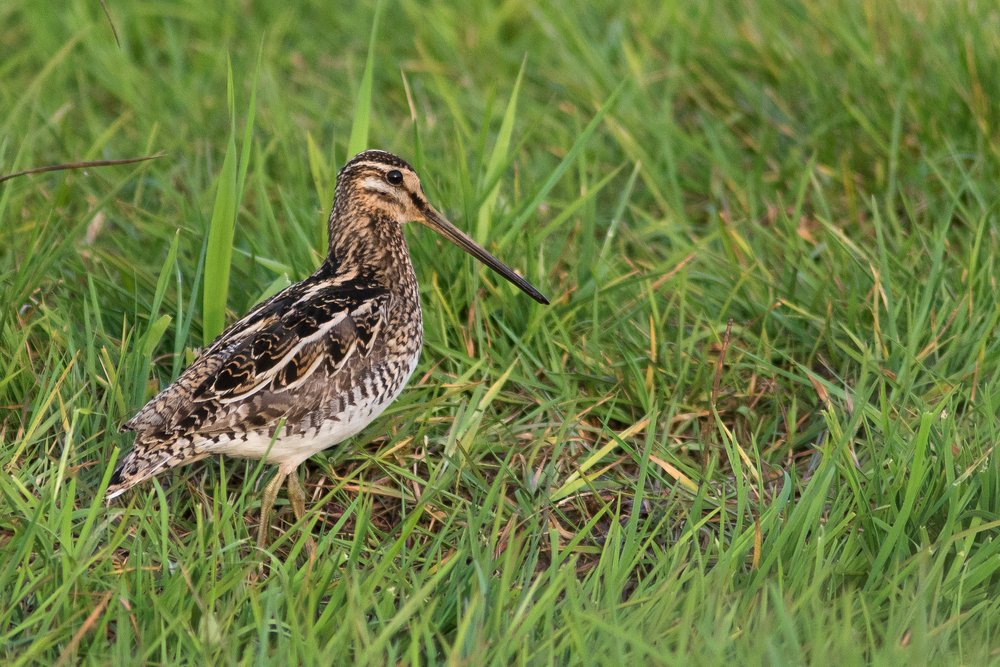Collaboration
Cooperations
Overview
The project partners, consisting of the coordinating beneficiary and the associated beneficiaries, are dependant on the support of cooperation partners to implement the project.
Cooperation partners have a special position in the project. They work independently, and therefore are not being paid via the project. Still, they contribute to the success of the project by working together with us to achieve common goals.
West Africa
Cooperations with stakeholders in West Africa are currently being developed. The cooperations will include working with civil society actors, academic institutions, statutory agencies and public bodies.
All interested stakeholders from West African countries can contact our team to discuss and explore opportunities for cooperation. The project's geographical scope and timeframe offer great opportunities for long-term partnerships.
New information will be coming soon!
Agriculture
Meadow birds depend on wet to moist, very extensively used meadows and pastures as breeding habitats. Specifically, they need:
- High water tables with temporarily flat-flooded sites
- Low or intermediate trophic level of soil
- Mowing and grazing compliant to nesting distribution
- Sufficient farming intensity for optimal vegetation structures
On the one hand, these factors are not attractive for farmers, as they mean significantly lower yields, and therefore less money. On the other hand, conventional agriculture with high fertiliser rates, dense homogeneous plant stands and frequent mowing does not go well with meadow bird conservation.
That is why farmers, as managers of the meadows, are important partners in meadow bird conservation. We work together with tenants and farmers' associations to manage meadows and pastures in a way that is profitable for both birds and farmers. Part of this project is the development of a sustainable business model that can also be applied beyond the borders of our project areas.
Research
This LIFE project is primarily intended to implement measures that improve the habitats of the focus species in Natura 2000 areas. Accompanying scientific studies determine whether the measures have achieved the desired success. Further scientific investigations or studies must be financed outside of LIFE.
However, research is an important building block in evidence-based nature conservation, as there are always new challenges and questions that arise in a constantly evolving environment. Synergies between research and applied nature conservation are created by cooperations with interested research institutions.
One of these research cooperations is dedicated to the species Ruff and Common Snipe. We want to understand the migration routes and timing, as well as the breeding biology in space and time of these species. For this purpose, we work together with the Department of Ornithology of the Max Planck Institute for Biological Intelligence.
Ruffs and Snipes are caught and equipped with GPS transmitters so we can track them on their annual migration. Also, their resting and breeding populations are determined. With the data obtained in this way, area management can be adapted to the specific breeding biology of these species, and protection needs on the migration routes can be identified and addressed.




